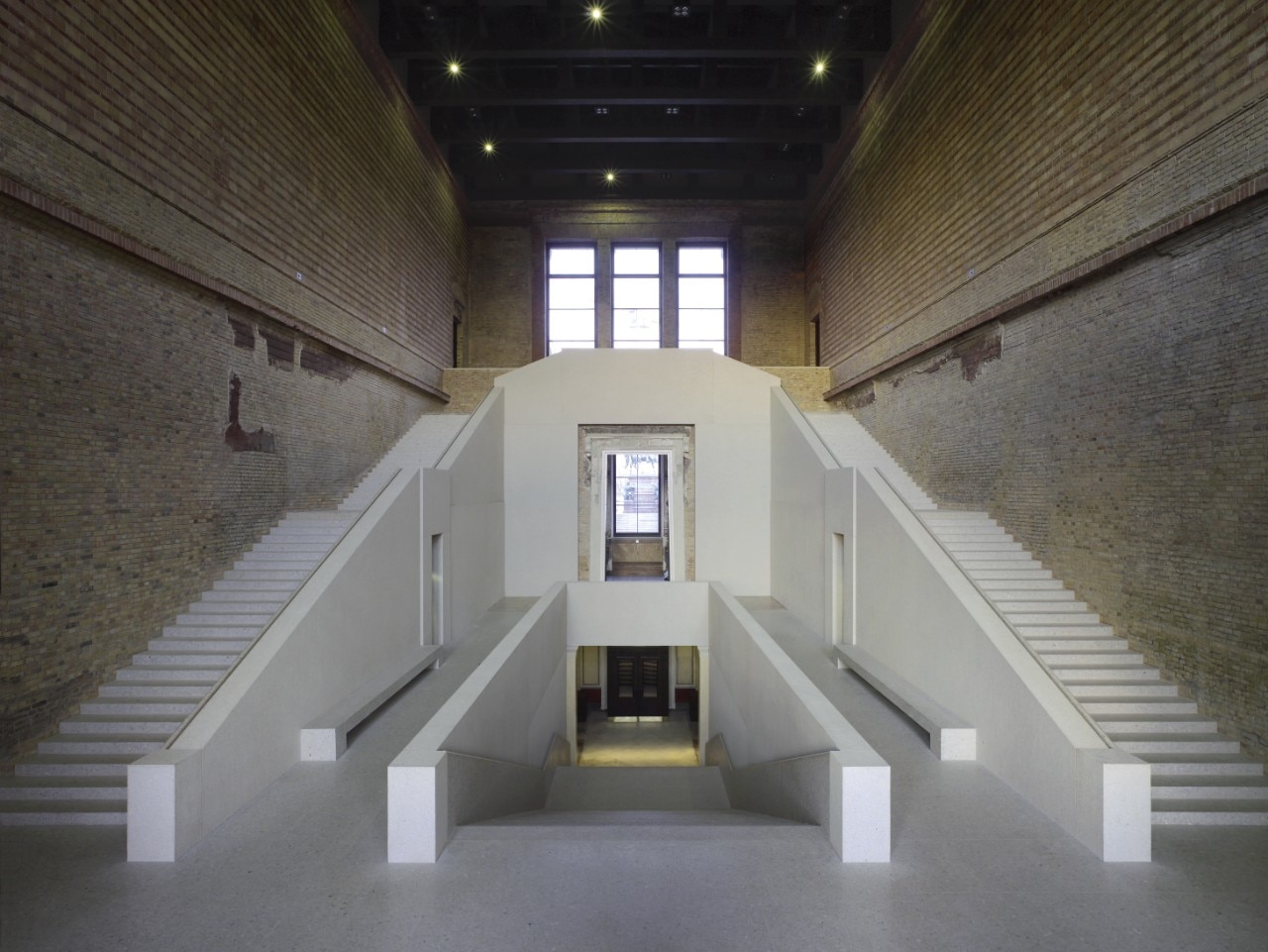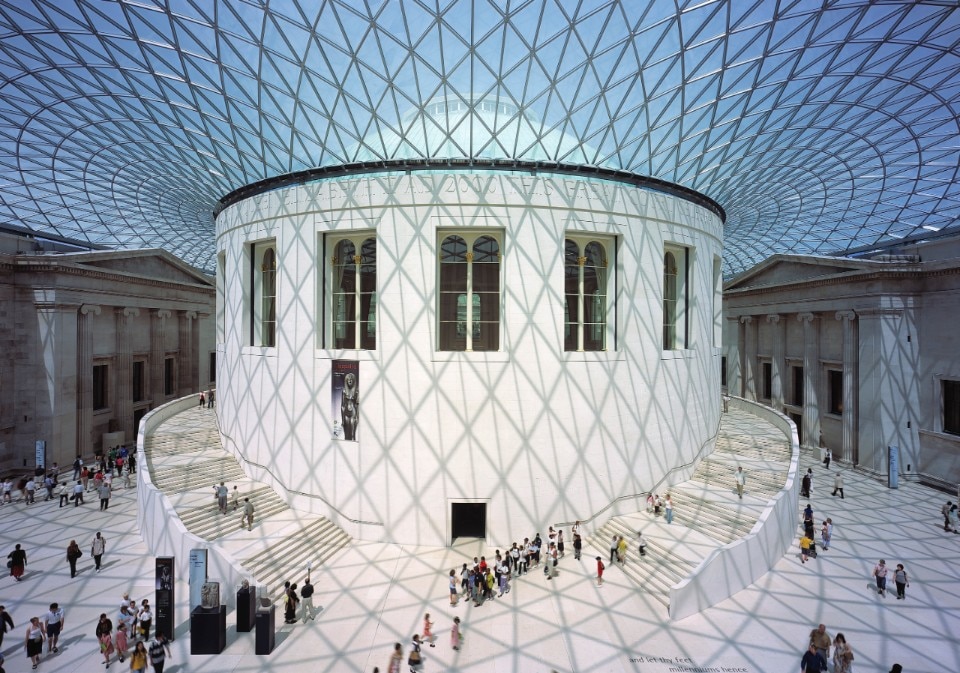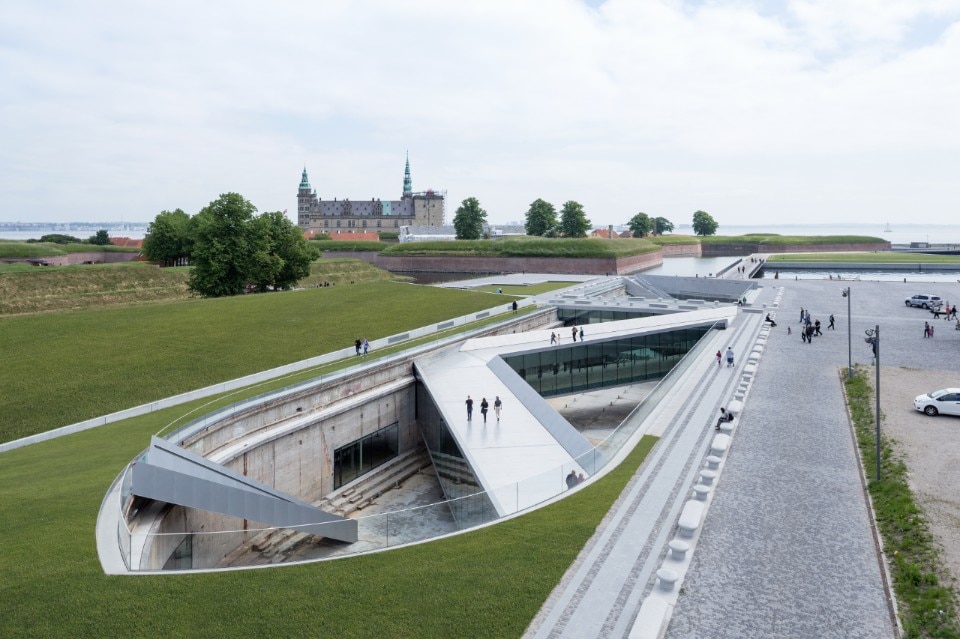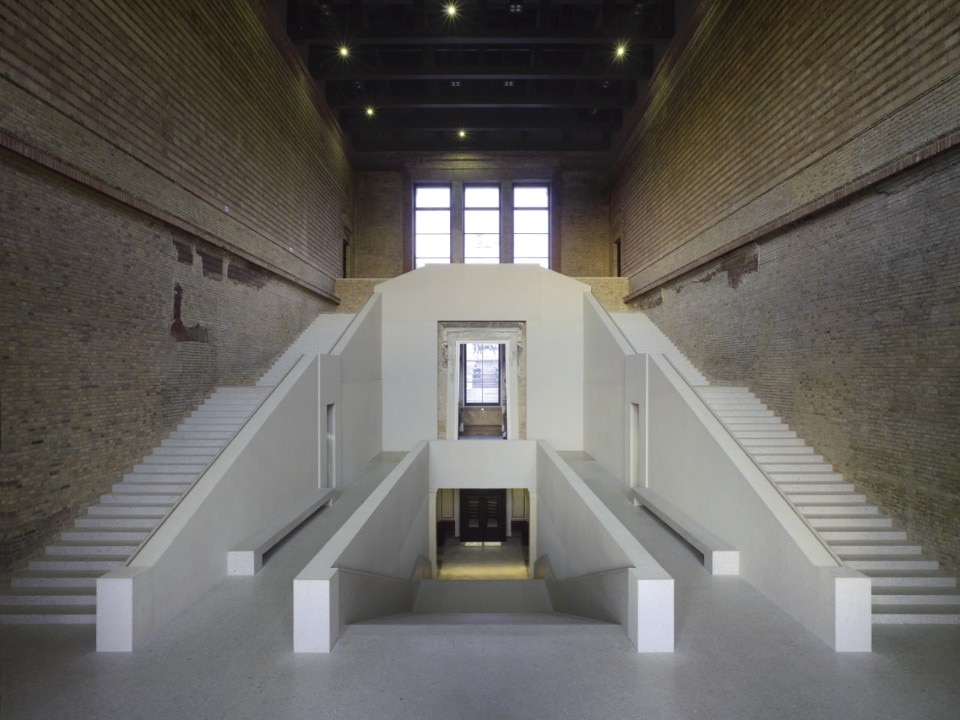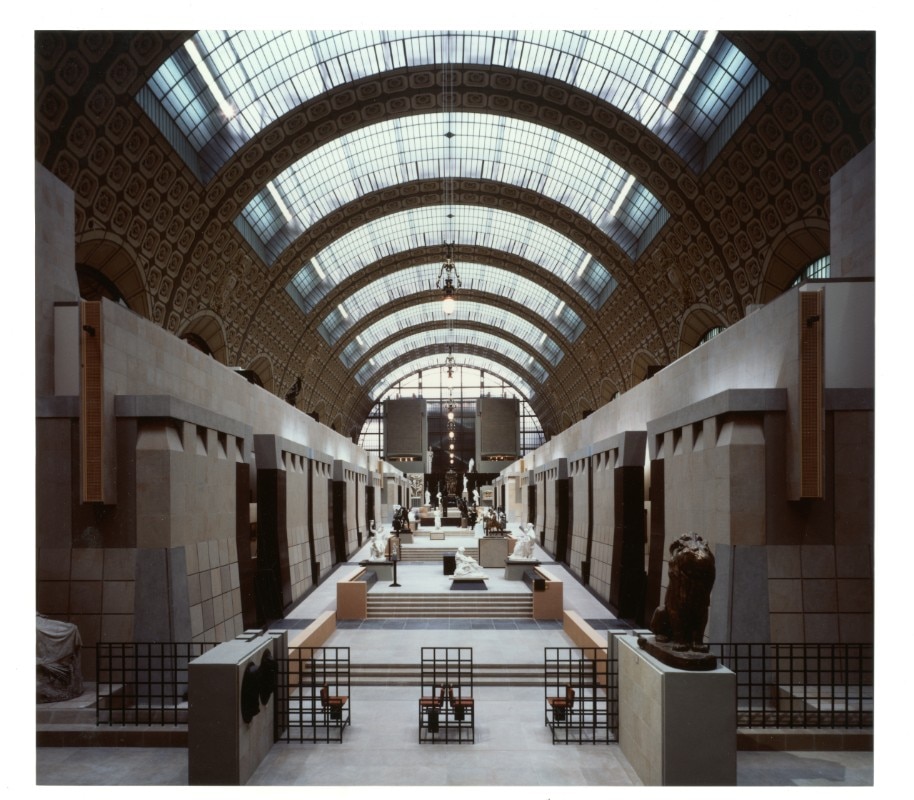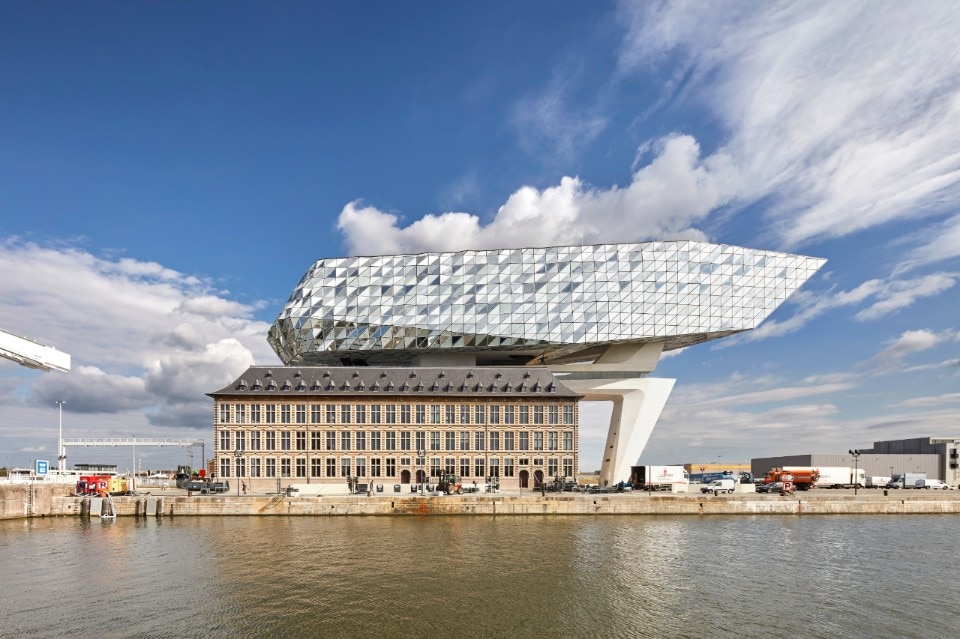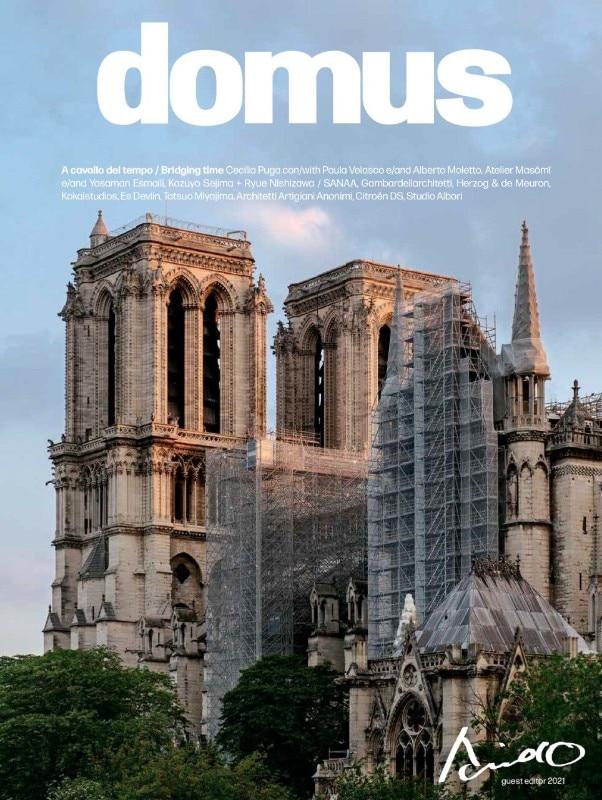In a recent turning point of civilisation, as an era of growth deflated, the prevalence of building renovation gained traction in Asian countries such as Japan and China, despite an ingrained urban culture of “scrap and build” construction. Although the spectrum of renovation spans from the restoration and preservation of cultural heritage sites to the conversion and reuse of ordinary buildings, these typologies of intervention are premised on the admirable idea of utilising existing structures instead of demolishing them. However, the incentive to renovate should not be merely perceived as a real estate investment strategy or a generic response to environmental issues such as waste reduction and resource conservation.
The essence of preserving and revitalising architecture should be the record and memory of the collective history that resides within the place. Examining metropolises like Paris, London or New York, we can observe that urban culture is fostered by the aggregate of city history. The past is conveyed through the tangible rather than the information transfer of the virtual, establishing temporal continuities in the urban fabric, which forms a culture’s fertile “soil”. Of course, the older a building, the more technical prowess and economic energy will be required to restore and conserve it. At times, this may pose a significant obstacle to a building’s effective reuse. Yet I believe the benefits of renovation heavily outweigh intensive expenditures of labour and creativity as it ultimately passes inherited history on to future generations.
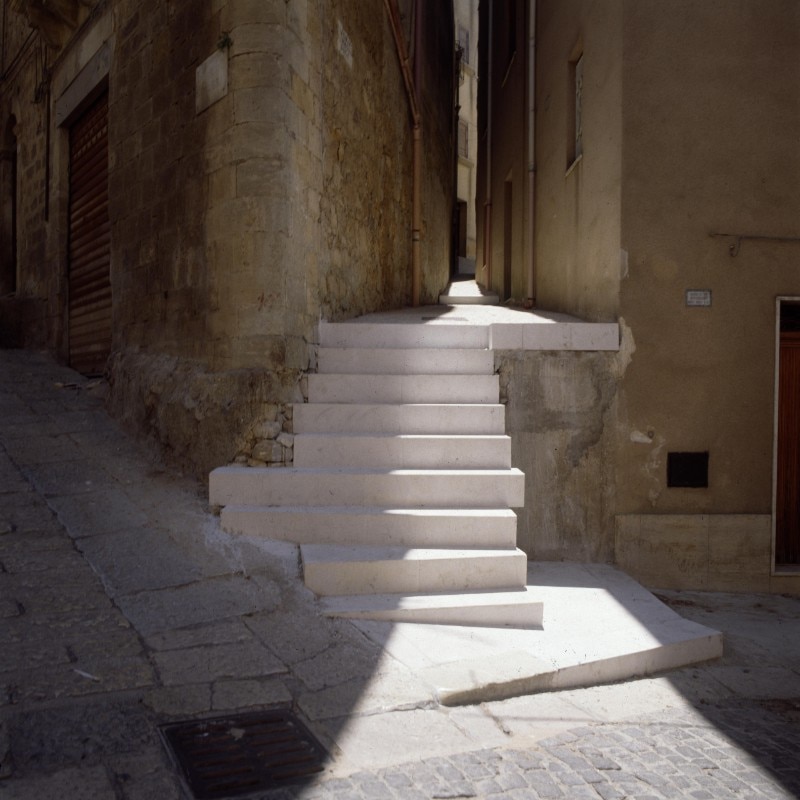
It was frequently hypothesised that “scrap and build” construction would only be a temporary trend during the modern era of growth. Indeed, within the canon of Western architecture, examples of the reuse of age-old buildings were commonplace. Throughout the vast history of architecture, building renovation has always been an essential means of creation. Each culture’s innovative efforts to tackle these subjects with region-specific ideas and methods will generate excellent clues in searching for vernacular ethnological values in our contemporary and comprehensive information age. The traditional and the modern fold together, delicately yet boldly, conservatively yet creatively, into a temporal urban fabric from past to present to future. Time and space interweave to assure the sustenance of our cities for generations to come.


